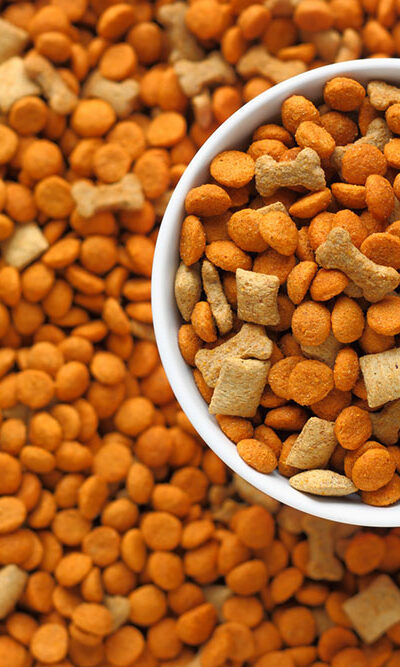
Sleep disorder – Its types, symptoms, causes, and risk factors
Sleep disorder is a medical condition that adversely affects your regular sleeping pattern. It has a direct impact on your health and the quality of sleep. This, in turn, paves the way for several other health problems and makes it difficult for you to go about your day-to-day activities. Types of sleep disorders Insomnia This is a condition in which a person finds it difficult to fall asleep at night or during other hours. Sleep apnea It is a condition in which a person suffers from irregular breathing patterns when they are sleeping. There are different types of sleep apnea. Restless legs syndrome It is a form of sleep disorder that is also referred to as Willis-Ekbom disease. It causes an unnatural and discomforting sensation in the legs. You also feel an uncontrollable urge to move your legs when you are trying to sleep. Narcolepsy This is a condition in which a person feels tired and sleepy throughout the day. Symptoms of sleep disorder Finding it difficult to sleep A sense of fatigue during the day Feeling a strong urge to sleep during the day even after sleeping for a good number of hours in the night Feeling irritated Suffering from anxiety Not being able to concentrate Suffering from depression Causes of sleep disorder Allergies Different kinds of allergic reactions, like cold and sneezing, make a person uncomfortable while sleeping. If you are suffering from any allergy, it is important that you seek treatment for it. Respiratory problems When a person is suffering from respiratory problems, they may find it difficult to breathe. It would be impossible to catch up on some sleep when you are gasping for breath. Nocturia Nocturia is a condition in which you feel the need to urinate frequently. This could be a result of hormonal imbalance or some urinary tract-related diseases.










